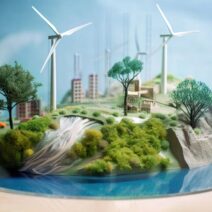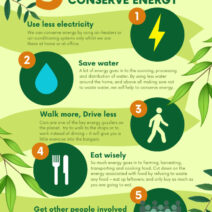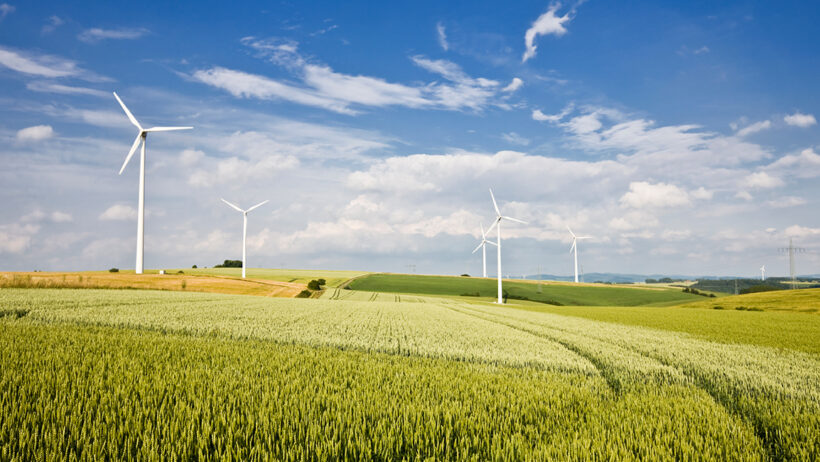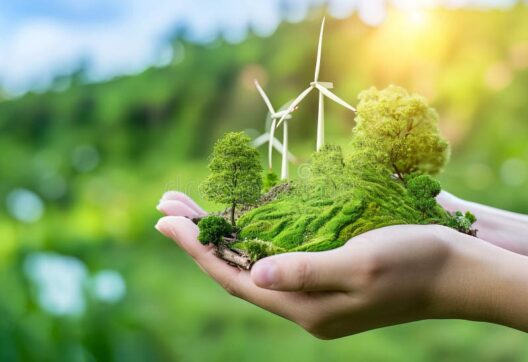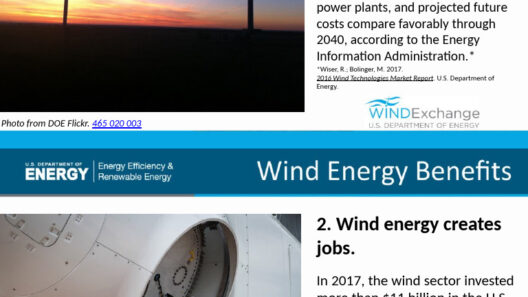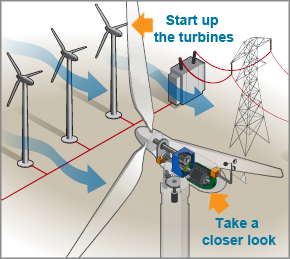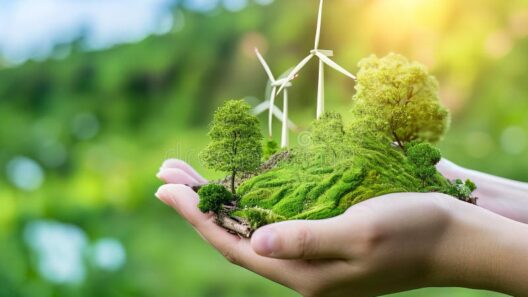In the ceaseless dance of nature, where sunlight and breezes intermingle, wind energy emerges not merely as a byproduct of the earth’s atmospheric whims but as a vital element in our quest for sustainability. Envision the gentle swaying of turbines against a backdrop of blue skies; they stand like sentinels, harnessing powerful gusts that possess the potential to transform our energy landscape. The advantages of wind energy extend far beyond its captivating physical presence; they encapsulate a myriad of environmental and economic benefits that are indispensable in tackling today’s energy challenges.
Wind energy acts as a harmonious maestro in the environmental orchestra of renewable resources. Unlike fossil fuels that emit harmful pollutants and greenhouse gases, wind power presents a clean and inexhaustible alternative. When wind turbines convert kinetic energy into electricity, they emit zero emissions during operation, significantly mitigating the urban symphony of smog that plagues so many cities. The reduction of carbon footprints through the adoption of wind energy signifies an important step toward combating climate change and preserving the planet for future generations.
Even in instances of technology and innovation, land reclamation is another resounding victory for wind energy. Turbines can be erected on agricultural lands, allowing farmers to cultivate crops simultaneously while generating power. This symbiotic relationship not only augments productivity but also fosters biodiversity, as the presence of wind farms can sustain various species through habitat preservation. Nature and technology need not be adversaries; instead, they can function collaboratively to yield benefits on both fronts.
Once dubbed the ‘invisible hero,’ wind power also contributes to soil erosion reduction. Conventional energy production often requires the clearing of vast tracts of land, leaving the earth vulnerable to the elements. Wind farms, however, maintain land integrity by minimizing disruption, thereby preserving essential topsoil and preventing degradation. This robust approach showcases an inherent respect for ecological systems, advocating for a greener future.
The economic arguments surrounding wind energy are equally as compelling. Transitioning to this renewable resource can herald a new era of employment opportunities. The wind industry has burgeoned significantly, creating jobs that span a broad spectrum—from manufacturing to installation and maintenance of turbines. It has the unique allure of promising green collar jobs that stimulate the labor market while fostering an eco-conscious populace. In regions where employment opportunities are scarce, wind farms can inject economic vitality, allowing local communities to thrive.
The potential for investment in wind energy shines like a beacon of hope. For policymakers, wind represents a strategic opportunity for energy independence. By harnessing local resources, nations can reduce their reliance on foreign oil supplies. This shift not only bolsters energy security but also emphasizes a commitment to self-sustaining infrastructures. When communities invest in wind energy, they also invest in their future—creating a resilient economy driven by renewable sources.
Moreover, the financial benefits extend into the realm of real estate. Research reveals that properties located near wind farms often experience an increase in value. The allure of clean energy utilized in nearby facilities can boost market demand as environmental consciousness pervades the public psyche. Homebuyers are increasingly inclined to seek out residences that promise lower utility costs while contributing to a sustainable legacy.
Wind energy is also an ally in the quest for reducing electricity costs. Once established, wind farms possess remarkably low operational costs. The cost of wind power generation continues to decline, thanks to advancements in technology and more efficient turbine designs. As it becomes increasingly economical to harness the power of the wind, consumers can expect lower utility bills—creating a win-win scenario for both individuals and businesses.
In the face of adversity, wind energy presents a multifaceted solution that transcends simplistic paradigms of environmentalism. It represents empowerment, not just for the individual, but for communities, nations, and ecosystems alike. In the grand tapestry of renewable energy, the threads of wind weave intricate patterns, blending economic growth with unmatched ecological preservation.
What sets wind power apart is its unwavering sustainability, akin to the rising and falling tides. No matter the fluctuations in energy demand, wind is ever-present and abundant. It generates energy without depleting resources, offering a tantalizing glimpse into an environmentally-conscious future where innovation and nature coexist.
As we navigate the complexities of climate change and economic inequality, the question remains: how will we choose to shape our energy future? The positives of wind energy resonate beyond the turbines towering elegantly in the landscape; they echo through fiscal regeneration, environmental resilience, and community empowerment. Embracing this renewable resource can create a legacy of sustainability—a testament to the myriad ways in which humanity can work in accord with nature.
